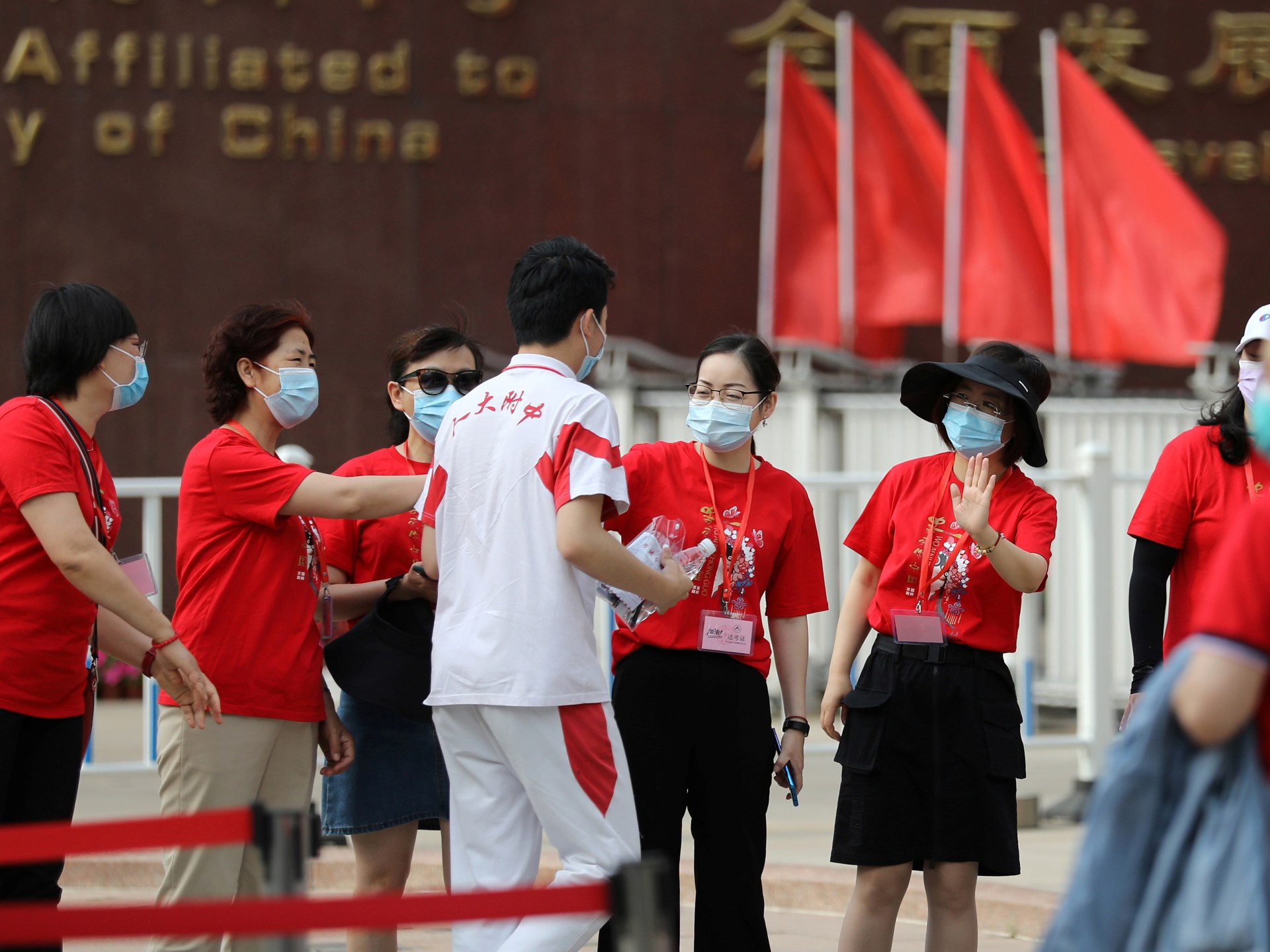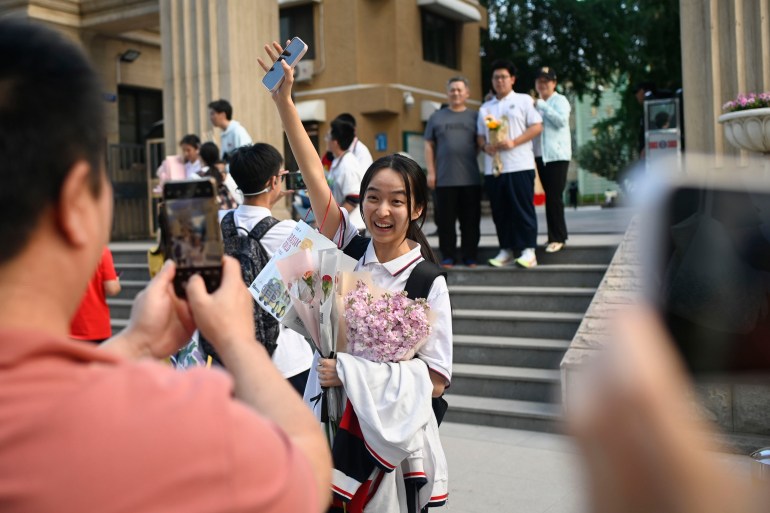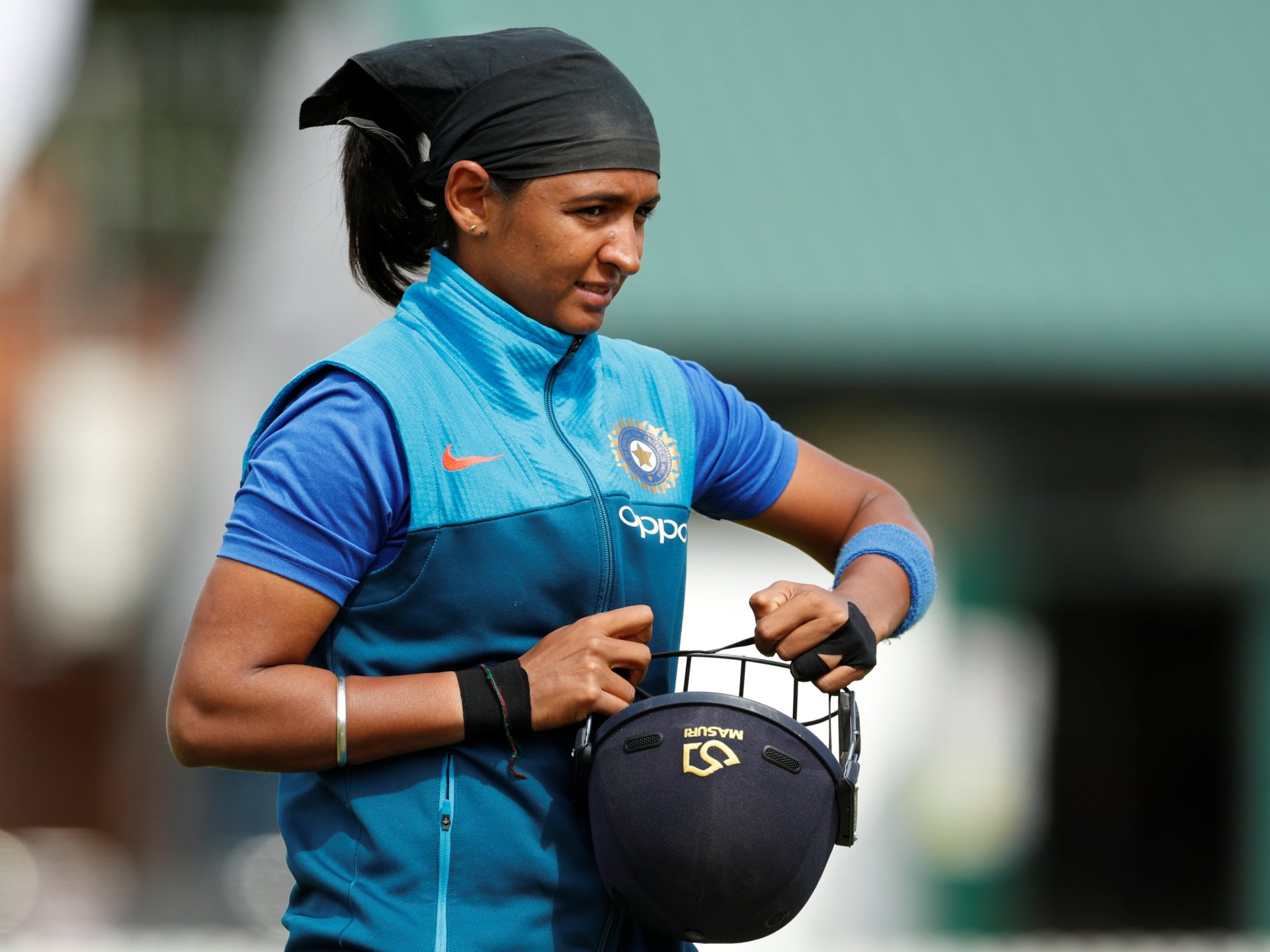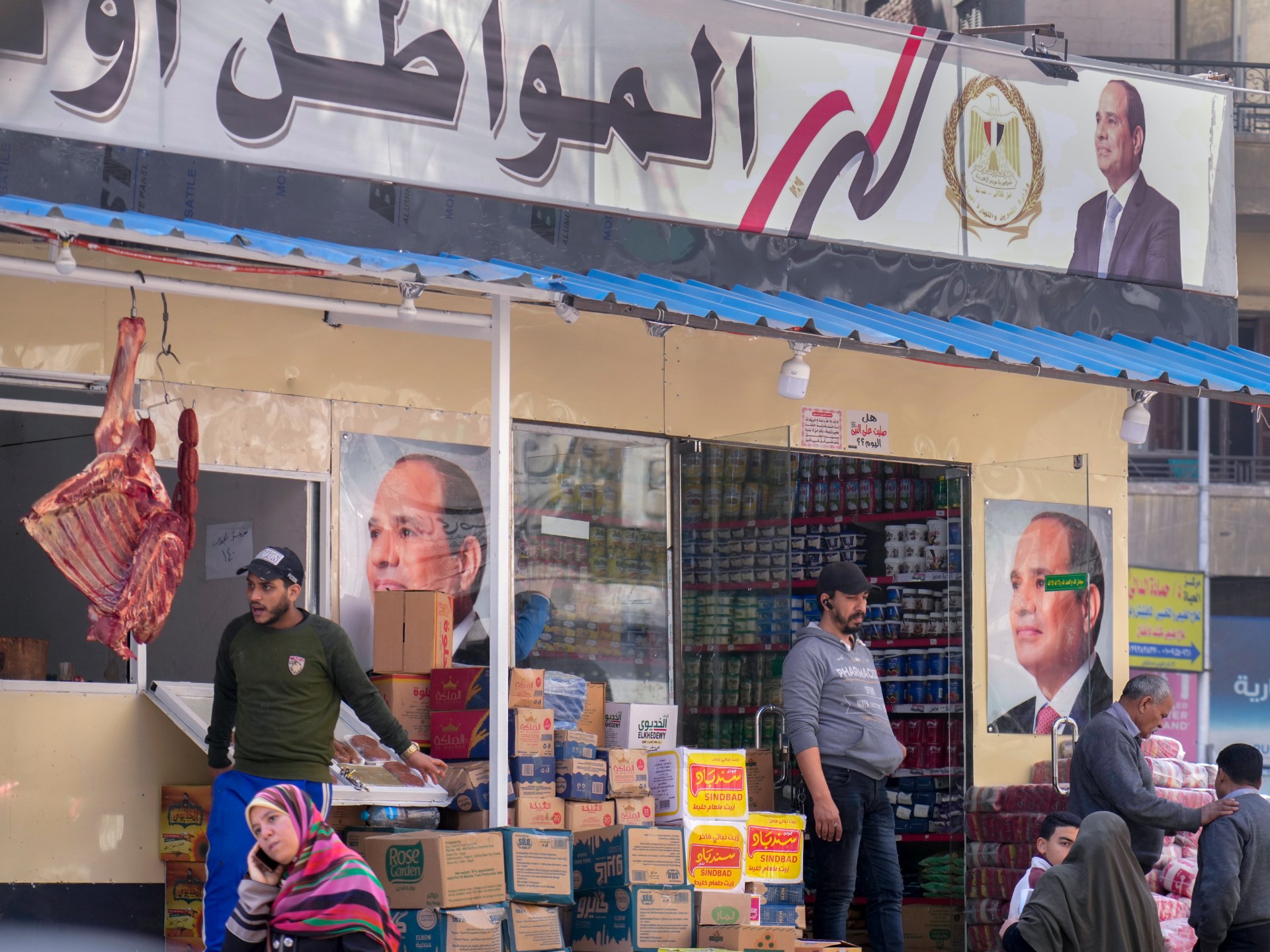
Around 13 million high school graduates across China are nervously awaiting the results of an exam that will define the rest of their lives.
Gaokao – a combination of the words “college” and “examination” – is considered the most important event in the life of any Chinese student. The exam consists of three compulsory subjects: Mandarin, English and Mathematics, with optional subjects including Physics, History and Politics. Depending on the topic, participants spend one and a half to two and a half hours completing essay, multiple-choice, and blank-type questions.
They will spend 12 years preparing for the exam that will determine their career and future.
Still, recent increases in unemployment – especially among young people – and China’s slowing economy have raised even greater risks for young Chinese in the 21st century.
Gaokao is actually a fairly recent concept – only introduced in 1952 – but testing has long been a feature of Chinese society.
“A good scholar can be an officer. “He who excels in study may pursue an official career,” a quote from the famous scholar Confucius, collected in 479 BC, sums up the condition of many in his time – whether you were in business, agriculture, or service business, the only way into power was to become a government “official.” .
Old talk show
Since the days of feudalism, the selection of talent regardless of social class has been a defining feature of China where many were inspired to specialize in fields such as military strategy, philosophy and literature.
About 2,000 years ago, during the Han Dynasty, the process took the form of “talk shows” and was the pinnacle of cultural exchange at the time. Scholars and academics, regardless of their wealth or social status, perform commentary on the political and social spectrum of the world on the first day of each month of the lunar calendar.
Hosts and guests who made impactful comments gained attention and appreciation from the public. They later became government advisors and even political figures.
Although the process was organized locally—standardization over such a vast area was nearly impossible at the time—Chinese citizens learned that they could gain status and popularity through their talents.

It was the Sui Dynasty, founded in 581, that officially marked the birth of standardized testing.
As more scholars emerged from every corner of ancient China, Emperor Yang Jian began to think of ways to mobilize those talents to serve his administration.
Finally, under imperial orders, the Sui government began the Imperial Examination System (IES) – the largest and most influential examination in ancient times and a process that continues to influence students and academics today. Through various examinations, IES connects culture, society, economy and politics into a unified system – all to serve the Emperor.
For scholars, IES offered a decent job opportunity regardless of wealth, status, or family connections. For the Chinese at that time, there was no better job opportunity than serving the emperor, so many students wanted to score as high as possible in the exam to be selected as civil servants.
All of this is reminiscent of the British system of competitive examinations for the civil service, but as Sun Yat-sen, the founder of modern China, observed: “Almost all examination systems nowadays are modeled after the British system. Going back further, the British examination system was originally learned from China. Sun received a Western-style education in Hawaii and Hong Kong.
Conflict brings change
Like most testing methods, the IES also had flaws.
Until the fall of China’s Qing Dynasty in the early 20th century, the IES was created to select scholars useful to the government. The exams were notoriously difficult but focused mainly on language and politics. Science and critical thinking skills were neglected where the best performing students were able to memorize facts and literature. Similar criticisms are still observed among Chinese students today.
After more than 1,300 years, the last imperial test took place in 1904.
It was the end of an era, but also the beginning of the modernization of the examination system.
The Republic of China, which succeeded the Qing dynasty, brought with it new ideas and concepts from the Western world, including science, military and industrial innovation, and the importance of cultural exchange.
Many prominent political figures such as Li Hongzhang and Zuo Zhongtang advocated the importation of Western ideas into Chinese education – “Chinese education, Western education for application.”
Led by scholars such as Cai Yuanpei – who realized the problems and limitations of IES after studying in Japan, Germany and France – a reform of the education system began to take place.
Colleges were allowed to prepare the exam topics and questions themselves and students could appear for multiple exams of different colleges at their choice. Flexibility encouraged more people to take the college exam and ensured that the most outstanding students got into university. Qian Zhongshu, for example, a Chinese writer and literary scholar, was accepted into one of the country’s top universities after becoming an outstanding performer in writing and literature. His score for Mathematics was only 15/100.
Shortly after the end of the Civil War and the establishment of the People’s Republic of China, the Communist government established Gaokao with a specific date each year.
The idea was to find China’s brightest stars—young people with talent and skills who could help rebuild the country after World War II and the Civil War.
After the disruption and chaos of the Cultural Revolution, Gaokao was re-established in 1977. In that year, about 6 million students took the exam and 270,000 were enrolled in universities.

Many of the participants became social elites who contributed their skills to China and even the world, including former Premier Li Keqiang and world-renowned film director Zhang Yimou.
Since then, the number of Gaokao participants has grown annually, with a record 13 million high school students stepping onto the academic “battlefield” in 2023.
Over thousands of years of evolution, standardized testing in China has inspired many but also created fierce competition.
The pressure to perform in this “once-in-a-lifetime opportunity” starts building on students’ minds as early as elementary school, and some parents resort to expensive tuition to help their children get the best grades.
As China has grown wealthier, some families have opted out entirely – sending their children to boarding schools abroad or immigrating – but for most families, gaokao is, always has been and always will be, the only path to success.
With reporting by Jidong Zhang in Doha.
Source link




